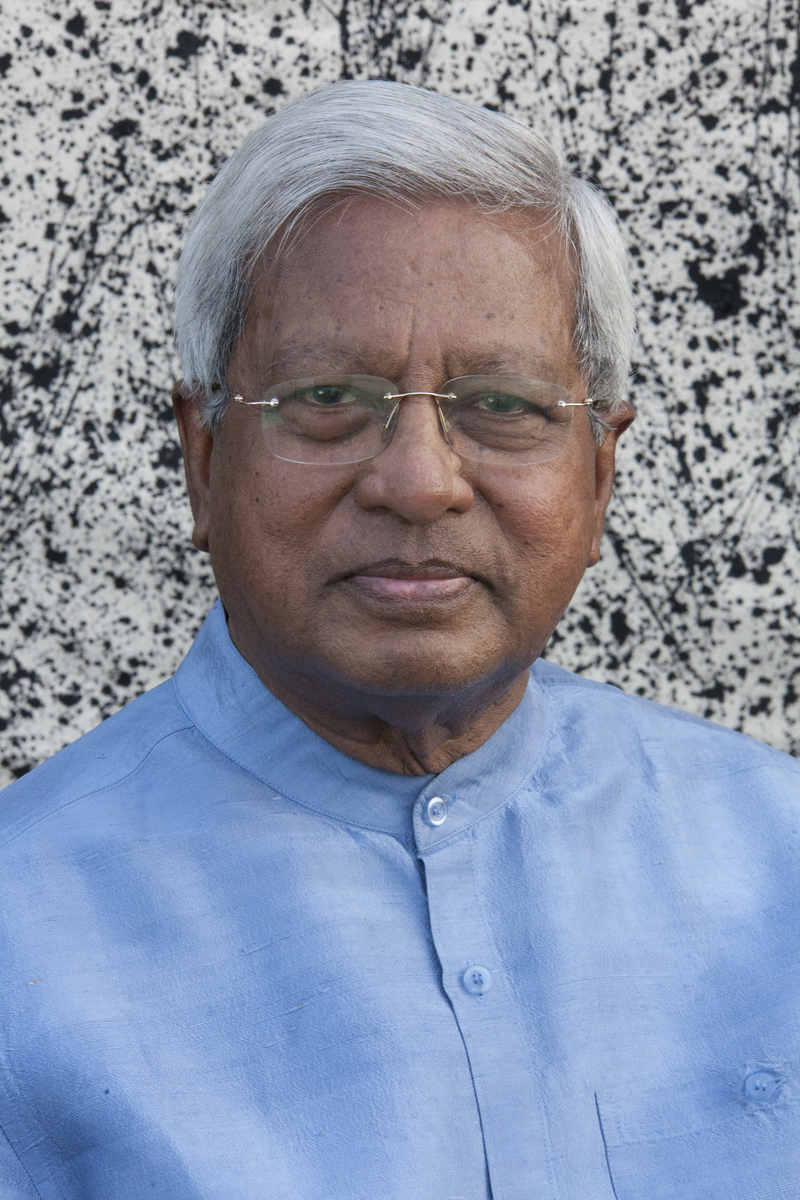As recently as 1960, most Asians had little access to machines which had started in scotland 1760 -this lack of geographical inclusion had compounded through 2 centuries mainly because of the operating systems of british and dutch colonial histories albeit pressured by french and other europeans. The scale of this problem spanned across Asia's 60% of the worlds population
at unwomens linkedin Chris Macrae posted this
60 years of alumni of sdgsjapa
these models were approved by jf kennedy but then along with black lawyer medgars evers he was assassinated in 1963 and there is no real evidence that american academia/legislature ever bothered to study potentially exciting compound consequences around the world -certainly american economic schools remained wholly blind to these diversity-deep advances on knowhow networking which it must be said empowered -let alone financed- small medium entrepreneurial revolution (macrae 1976) not big corporate dominance;
the wonderful value of knowhow networking (which can make industrial revolution 3 a whole new ball game) is it multiplies value in application unlike consuming up things. to see what happens when even one person spends 50 years on mapping knowhow networking collaboratively because a billion poorest women needed to know and apply please these flow- go to abedmooc.com
also villages were free of dismal television advertising so communications between a trillion asian women were morally smart in adam smiths 1758 common sense terminology; just as the power of machnes ie industrial revolution 1 can be abused if white empires representing 15% of humans largely colonise/exclude everyone else's access to the power of energy; industrial rev 2 machine telecommunications can be abused if hate or vested interest messages drown out lives matter communications, or even political electioneering
ironically how rural keynesianism freed a billion asians from starvation revolves round connecting to alumni of american borlaug though his main reaearch lab was in mexico- this made things quite complicated- under kennedy's successor johnson for example there was a huge row- india wanted the borlaug cultivated seeds to end starvation ; mexico farmers owned them; american foreign assistance didnt like the collaboration india most needed - this should remind us that politics on any staple crop can quickly multiply badwill across nations
Fortunately for most highly populated asian countries west of india, rice was the main crop and as reported in the economist the main rice labs were already in ne asia by 1960 - and from then on being open sourced to any asians who wanted to end death by famine 2.1
3.3 the idea that illiterate village mothers could move a nation or half a continent to get vaccinated is something that required a triad of connections
unicef james grant
the village women of bangladesh
the village women of tropical china who had pioneered celebration of barefoot community doctors but needed the positive encouragement of unicef and abeds demonstration that bangladesh women can vaccinate a rural nation before vaccination mid 1980s china became a reality too
it should be evident from the wikipedia geo-summary shown below - that if the half of youth living in the tropics in quarter 2 of 21st c are not linkedin to sustainability solutions, then our species is a goner- the tropics is too pivotal to mother nature's globe and the population is too big
ever since trust was won by rural mothers to 3.3 vaccinate on a continental scale chinese and bangladesh villagers have shared health and village crop solutions but not financial-ownership ones since there are very different ways that women "lift up half the sky" earned credit in bangladesh and china- how china financed this was announced as one of the economic miracles in the economist 1977
what's important to value is how urgently from 1971 both nations were on a journey of raising village women productivity from near zero to the majority of work needed to communally end village poverty
studying rhese green and last mile health revolutions - across grassroots village networks is we suggest the most massively valuable human development story before millennials faced compound consequences of blending artificial intel and human intel; lets hope the blending of intels in 2020s goes as deep/diverse as that asian village women have advanced since through the last quarter of 20th c onwards
DETERMINED TO LEAPFROG FORWARD NOT FALL INTO A DIGITAL DIVIDE
at a millennium goals party mrs steve jobs asked fazle abed why a billion girls knowhow in solving sustainability's most life critical challenges had not been shared globally- would brac please go international; abed something which even the beatles appeared not to have imagined humanly possible- when i'm 64 i will devote as much of my time responding to end poverty solution all over the world as the villages where a billion women have worked so hard-
| lennon -imagine | ...when i'm 64 |
of abed's 5 decades relentlessly empowering a billion poorest women, the fourth and the 5th also embarked on meeting mrs steve jobs partnership challenge; abed turned brac into civic society's largest collaboration partnership and joyful worldwide sdgs maps; he asked for help with one legacy wish- connecting the world's number 1 partnership of new universities wanting the younger half of the world to be the first sustainability generation which we discuss here
rather belatedly the borlaug networking knowledge that abed had helped scale a billion times awarded him the worlds number 1 food for humanity prize- this is the speech he made to celbrate thos wonderful occasion- this indicates the collab compass universities will unite around for sdg 2; sir fazle's son shameran is the centre of gravity for educators linking in sdg1; health as we seen with covid will need totally new university collaborations; we look at the work universities will need to do to unite all sustainability education systems here



No comments:
Post a Comment